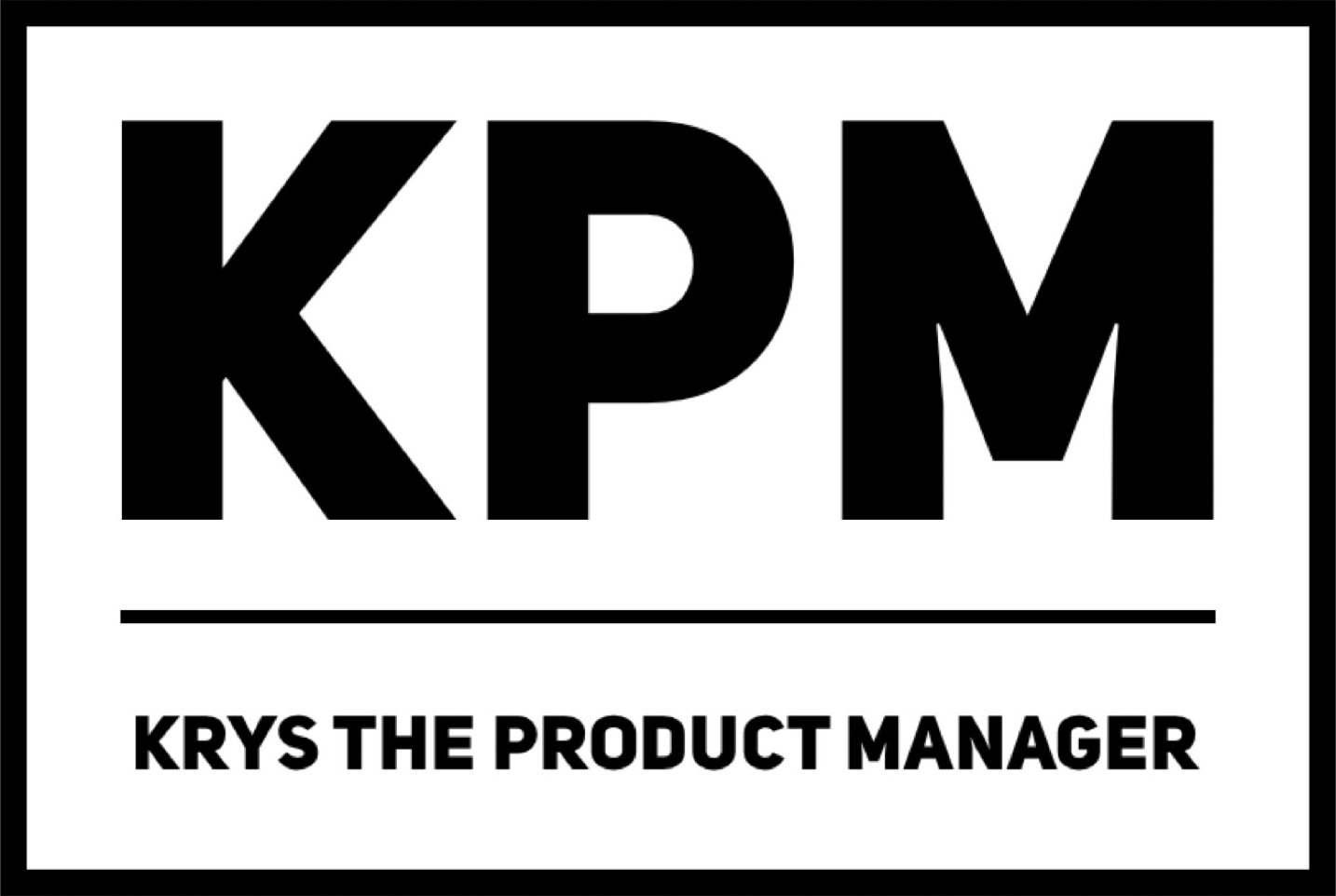A product manager without a clear vision and strategy is like a ship without navigation; you’ll never really be sure where you’re going.
A few years back, I was the product manager responsible for the vision and strategy around product. Specifically, defining what its purpose would be in the coming years and what steps our teams will need to achieve that. The challenge, however, was that prior to me joining the team, there were many people who “had their hand in the pot” which consequently made the product an ambiguous mutant-of-sorts of solutions. Sure, it could do a lot of things, but no one could really pinpoint what the problem the product was meant to solve in the first place. The cost? The product became increasingly confusing and complex for customers to onboard onto, more expensive to maintain and iterate upon, and most of all, hard to position against its far clearer (and ironically, less-in-features) competitors.
All this is rooted that the product’s vision (its “why”) became lost in the chaos as a result of an unclear strategy (its “how”).
Looking back on that experience and the rest of my career in product, I’ve found that issues with a product’s vision and or strategy typically comes from one or more of three things:
(1) The product chases trends — Also known as the “shiny object syndrome.”
(2) There isn’t a clear “North Star” — The teams involved don’t know what is the one thing that makes all other measures of the product’s success a moot point.
(3) A roadmap that’s become a to-do list — Roadmaps should reflect strategy. They are not a backlog of things to do.
If any of this sounds like a situation you’re in as a product manager (or even someone who works close with one), try the “press release” exercise. Pretend you’ve jumped a year into the future and there’s a press release being published for the product.
What problems did it solve?
Who benefited?
Why does it matter?
What this will do is force you to think about what your product’s vision is, from which you can start to formulate a strategy to align your teams to achieve it. Sound familiar? If you’re familiar with any goal-setting strategies, it should. At the end of the day, a successful vision and strategy is no different than effectively setting goals and achieving them.
